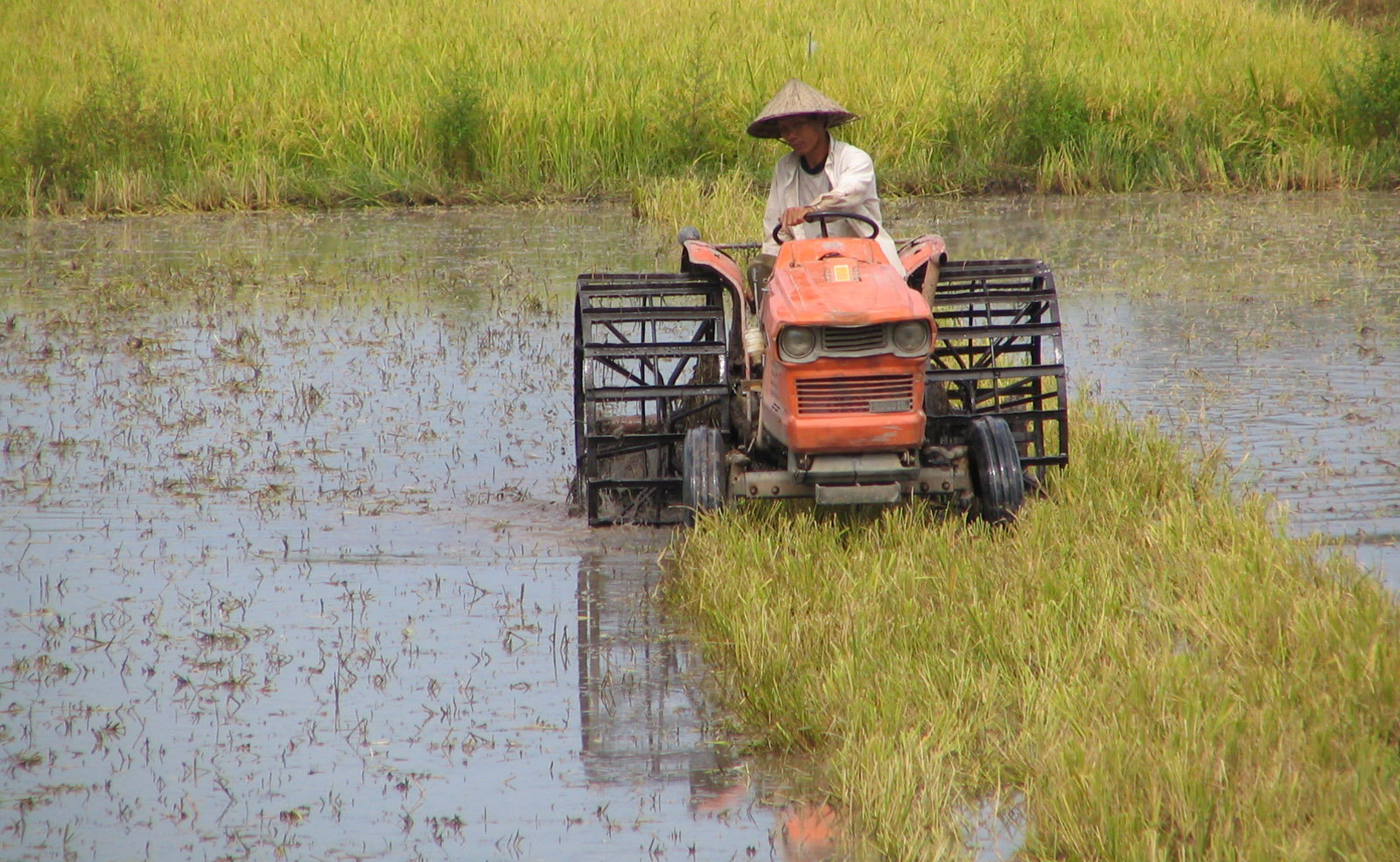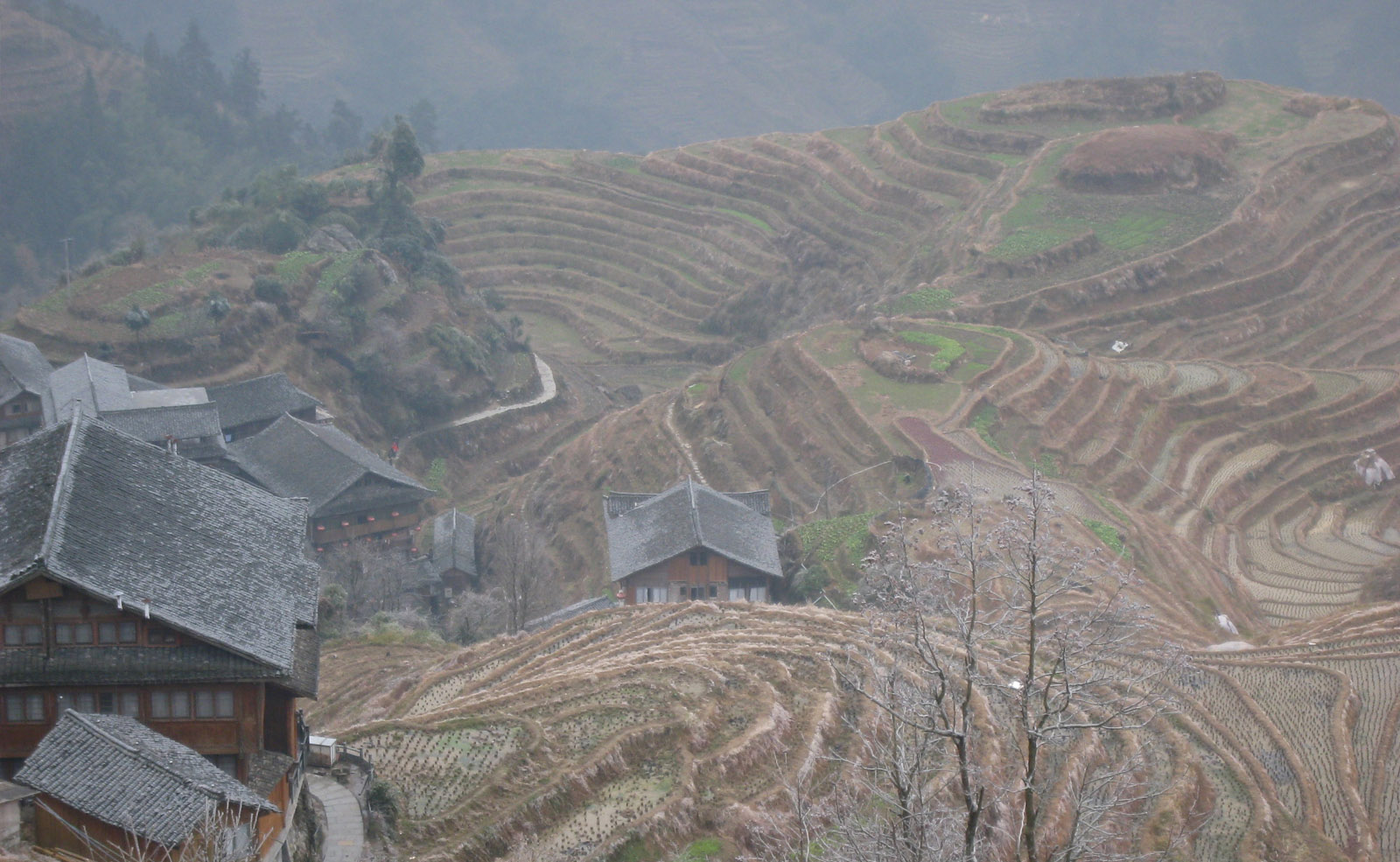Introduction: The suggested research studies the highly interesting dynamics between water, food and energy security and analyses the challenges and opportunities for achieving Integrated Water Resources Management (IWRM) along the Ganges and Brahmaputra basins in South Asia. The total drainage area of the basins is about 1660,000 Km2 shared by China, Nepal, India, Bhutan, and Bangladesh. The basins are blessed with ample water resources and huge hydropower potential. However, due to temporal and spatial distribution of water resources, during the monsoon period, there is abundant water but during non-monsoon months, the countries become water stressed. The characteristics of the monsoon vary substantially from year to year, adding to the unpredictability of the hydrological conditions in South Asia and thus affecting the availability of water for agriculture and other sectors. Additional challenges threatening water and food security in the region include increasing food and energy needs, lack of transboundary cooperation and political constraints. Absence of multilateral cooperation to address this natural phenomenon and lack of integration between different sectors contribute to mismanagement and water conflicts between the riparian nations.
This study explores the interconnections between different sectoral policies related to water management and the potentials of IWRM approach for overcoming the current water crises and achieving Millennium Development Goals along the basins. It also looks at the vulnerabilities of the agronomic system to climate variability, and the role of agricultural and energy policies and transboundary water management in addressing regional water, food and energy security in the region.
Researchers: Mizanur Rahaman, Mirja Kattelus
Active: 2006-2011
Outcome: The outputs from the research theme include different publications ranging from conference papers to journal articles and academic theses.
Selected Publication:
Rahaman, M. M. 2009. Integrated Water Resources Management: Constraints and Opportunities with a focus on the Ganges and the Brahmaputra river basins. PhD Thesis, Water Resources Research Unit, Helsinki University of Technology. 42 + app. 112 p.
Find more from the issue:
More information: Mizanur Rahaman and Mirja Kattelus (firstname.lastname@aalto.fi)






